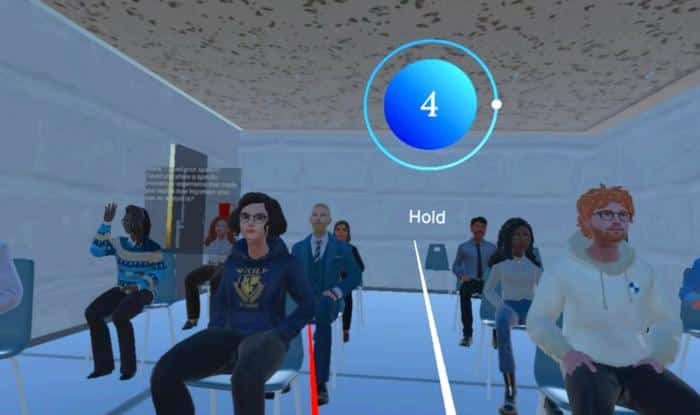New Study Uses VR/AR Technology for Stress Relief - TUN
A pioneering project from Carnegie Mellon University researchers explores how VR and AR technology can simulate stressful situations and help people practice stress relief strategies, promising a new approach to modern mental health care.
Everyday life can be a minefield of stressors, whether it’s delivering a work presentation, mingling at a crowded event or dealing with interpersonal conflicts. While traditional methods like therapy and talking to friends can help, a new study from Carnegie Mellon University (CMU) suggests that virtual and augmented reality (VR/AR) might provide a new avenue for stress relief.
CMU researchers, led by Anna Fang, a graduate student in the School of Computer Science’s Human-Computer Interaction Institute, have been exploring how VR/AR can simulate stressful situations, allowing users to practice stress-relief strategies in a controlled virtual environment.
This innovative approach will be presented at the upcoming Association for Computing Machinery Conference on Human Factors in Computing Systems (CHI 2025).
“For the past 10 to 20 years, virtual reality and augmented reality have taken a really big hold on the health and mental health space,” Fang said in a news release, highlighting the proliferation of meditation apps.
However, Fang observed that most existing solutions place users in idealistic settings, such as virtual forests or beaches, while offering calming tips. These environments often fail to help users transfer learned skills into real-world stressful scenarios.
“The project comes from me wanting a practical way for people to learn these skills and apply them to their real lives,” Fang added. “Can we use virtual and augmented reality to simulate an office environment, or a conflict with someone? Then you can actually practice some of those self-care skills in an environment similar to real life.”
The study focused on three common stressors: public speaking, crowded social events and interpersonal conflict. Fang and her team created 24 prototypes across these scenarios, experimenting with virtual reality, mixed or augmented reality, and text-based environments.

Caption: A screenshot from the VR experience showing stress-relief strategies for public speaking.
Credit: Carnegie Mellon University
Some virtual audiences would interact with users, while others remained passive. Avatars in interactive prototypes could engage in dialogue powered by a large language model, facilitating realistic practice.
“For each person, we wanted to try different designs and different combinations, so users could tell us what they liked and didn’t like,” added Fang. “The participants generally said that it was pretty realistic.”
The participants found the technology empowering for gaining self-awareness and learning self-sufficiency skills. Notably, they preferred having control over when to receive guidance from the large language model, rather than automatic advice. They also expressed interest in using the headsets in real-life locations where they anticipated facing stress, such as their homes or classrooms.
“We’re further developing it right now. We’re creating a full-fidelity deployable model that we can put on the App Store and that people can use at home,” Fang added.
Future versions are set to feature more realistic avatars with enhanced text-to-speech capabilities, allowing for more natural and emotionally nuanced interactions.
“If you think about being stressed in a situation, someone’s tone matters a lot,” added Fang. “We’re also giving the avatars more realistic facial expressions and movements. So if they’re angry at you, we can have them furrow their brow.”
The next iteration will also expand its repertoire of self-care strategies. Beyond deep-breathing exercises, it will include techniques like body scanning and grounding practices, enabling users to manage anxiety or panic attacks more effectively.
“We want to use the system not only to help people learn these skills but also to experiment with different self-care strategies,” Fang concluded. “They can experiment in a virtual environment that works best and feels best for them, depending on the context, and then make an informed choice on what to implement in the real world.”











